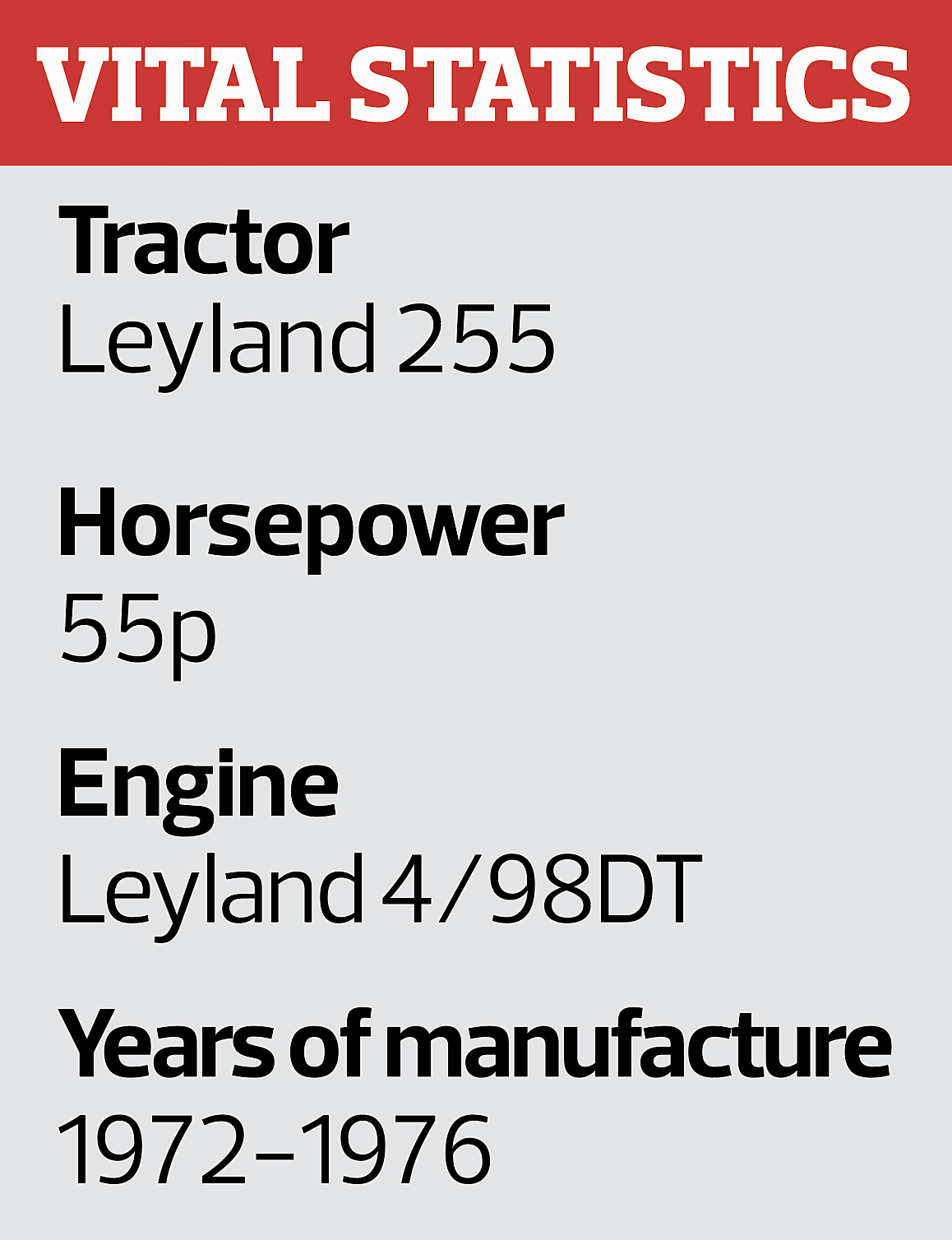
Named after a village in Lancashire, Leyland tractors had a considerably short period of production, spanning a mere 13 years.
However, the blue Leyland tractors are the middle part of a story that started orange and finished in yellow. British Leyland were already an established brand in the 1960’s manufacturing commercial trucks, when a merger took place between the company and British Motor Company (BMC) in 1968.
The giant BMC had a vast portfolio of British auto manufactures including Austin, Mini and coincidently, the orange Nuffield tractors which were produced alongside Leyland trucks in Bathgate, Scotland.
The Nuffield brand was dated in appearance and design, while also lacking in a broad range of horsepower. In an effort to consolidate their portfolio, the orange Nuffield’s were dropped by BMC and replaced by the eye-catching two-tone blue of Leyland tractors in 1969.
In 1972, Leyland made a bold move launching a whole new range of four- and six-cylinder tractors, not forgetting the three-cylinder 245.
The line-up consisted of the 245, 255 and 270, dubbed by Leyland as ‘The Magnificent Middleweights’, complimented by the six-cylinder 285 and 2100. When reading the model number, the ‘2’ representing two-wheel drive format, the 55 signifying the horsepower. The 3.8l 4/98 DT produces 55hp, the 98 referring to the bore of the cylinders. Initially, the tractor was fitted with a 10F/2R transmission, inherited from Nuffield. The 255 has a lift capacity of 1.8tons and 30 litres per minute of oil flow.
Quite a practical feature of Leyland tractors, the entire bonnet hood swings over for filling the front mounted diesel tank and for engine inspections, while the grille slides forward.
In 1978, there was a considerable advance with the introduction of the Synchromesh gearbox comprising of 9F and 3R which allowed for on-the-move gear changes. For the 255 however, the red ‘Synchro’ wording on the bonnet and accompanying pin stripes were not to be with the tractor, replaced by the Leyland 262 in 1976. Soon after, in 1980 the Leyland brand was revamped, sporting yellow panels and black chassis. Production continued for a further two years until the whole tractor division of the company was sold to Marshall Tractors. Marshall continued tractor production, upgrading the existing range and introducing new tractors. Unfortunately, production ground to halt in 1985.
Contact Peter at [email protected] or see Instagram @flashphotoscork









